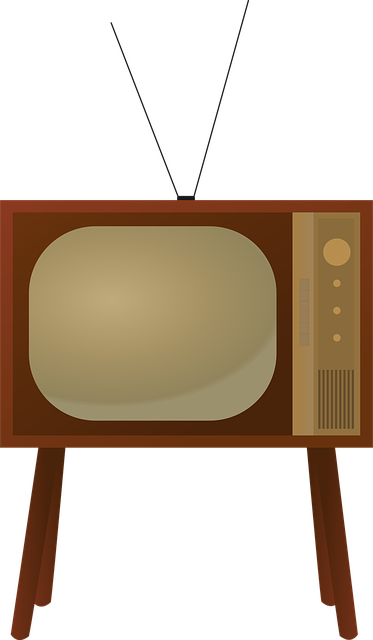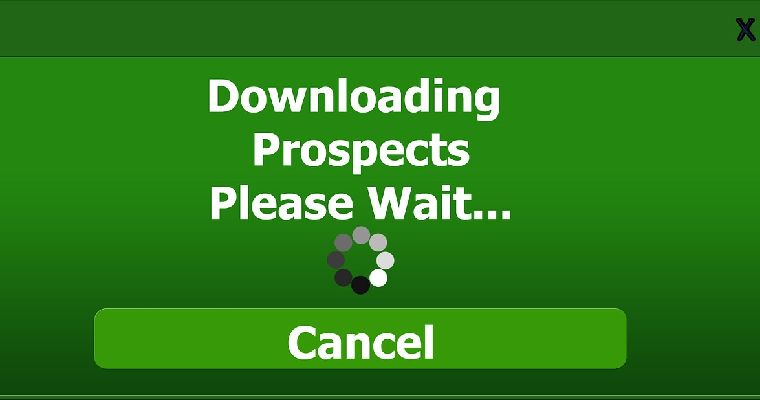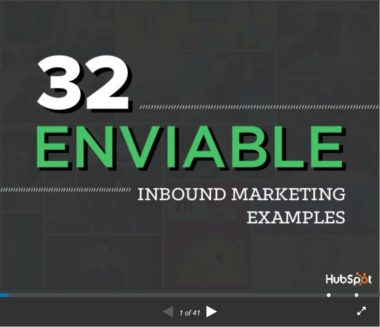You’ve heard the terms “inbound” and “outbound” marketing, but do you know the difference between the two? To develop an effective marketing strategy, you should have a solid understanding of both.
It boils down to what is best for your business.
What’s the Difference?
Outbound marketing is considered a more “classic form” of marketing. It relies on “in your face” or forced methods of advertising, such as television commercials, printed billboards, and print advertisements. Outbound marketing has been around “forever” and even pre-dates the formation of the United States.
The History of Outbound Marketing
 The first newspaper advertisement to appear in North America was an announcement published in the Boston News-Letter in 1704 seeking a buyer for an Oyster Bay, Long Island estate. Andrew Bradford published the first magazine in North America – “American Magazine” in 1741. He beat out rival Benjamin Franklin by just three days, but Franklin’s “General Magazine” was the first to introduce ads for monetization a year later. The following Century marked the earliest recorded leasing of a billboard in 1867.
The first newspaper advertisement to appear in North America was an announcement published in the Boston News-Letter in 1704 seeking a buyer for an Oyster Bay, Long Island estate. Andrew Bradford published the first magazine in North America – “American Magazine” in 1741. He beat out rival Benjamin Franklin by just three days, but Franklin’s “General Magazine” was the first to introduce ads for monetization a year later. The following Century marked the earliest recorded leasing of a billboard in 1867.
AT&T ran the first radio commercial on WEAF in New York City in 1922. The first television commercial followed, broadcast by WNBT on July 1, 1941. Bulova reportedly paid $9 bucks for the ad. I doubt that anyone could have predicted that 75 years later, a 30-second ad could fetch $5 Million.
I would love to know who to blame credit for the first telemarketing campaign, but that seems to be a mystery. According to one source: “Telemarketing was first started by some housewives calling people and trying to find cookie buyers.” Despite the source being somewhat dubious, the telemarketing phenomena, which caught fire in the 1970’s, continues to be employed heavily to this day.
The Problem with Outbound Marketing
One big issue with outbound marketing is the lack of personalization. That’s also a big reason why it isn’t as effective. Outbound marketing includes advertising campaigns in the form of outdoor billboards, television commercials, email blasts (spam), direct mail, sales calls and magazine and newspaper advertisements.
Outbound marketing is throwing an announcement out there for anyone and everyone to see, despite knowing the majority of those exposed to the message may not even be interested. It also has a shorter shelf life. After your advertisement expires, it no longer benefits your business.
Perhaps the biggest issue with outbound marketing is the cost. According to Doyen Digital, outbound marketing costs 61% more per lead than inbound marketing. Outbound campaigns tend to be more labor-intensive and often involve a number of additional expenses. This could include printing, mailing, production and other costs associated with sharing messages through various forms of media. These expenses can add up fast and become a real burden; especially for small businesses, startups, and nonprofits.
That doesn’t mean that outbound marketing’s days are over. Far from it. The key is to utilize techniques that are relevant and effective. You will find examples of outbound quick wins here:
Outbound marketing costs are only projected to go up with technology like caller ID, ad blockers, spam filters and even Netflix, making traditional ad deliver much more challenging. That technology was developed in response to consumer backlash against forced advertisements. It has also fueled the growth of inbound marketing.
The Rise of Inbound Marketing
Inbound marketing incorporates new media like social media, blogging, and paid advertisements, all of which offer an opportunity for a more targeted form of advertising. Not only does inbound marketing target the right people, but it also allows customers to give their consent before you start advertising to them.
While outbound marketing is sometimes referred to as “interruption marketing”, inbound marketing is often referred to as “permission marketing.” It is less aggressive, yet more effective marketing approach. The purpose of outbound marketing is to reach the largest amount of people through cold calling, advertising, mail, or other proactive marketing techniques which are difficult for consumers to avoid. Some good examples of effective inbound marketing approaches can be seen here:
According to Hubspot, an estimated 90% of marketing resources are still invested in outbound activities. Although outbound marketing was once the most effective form of marketing, inbound is rapidly taking its place. The decline in outbound marketing popularity is largely due to the rise in social media, which allows brands to take advantage of “real-time” marketing.
Inbound marketing first gained traction in online search. Social media further spurred its rapid growth. As people spent more time on the internet, it only made sense to advertise there. Google and Facebook have been the largest beneficiaries of this trend.
When you create well-optimized content, you have the opportunity to organically reach people who are actually interested in what you have to offer. Additionally, pay-per-click ads have the ability to reach your target audience much more effectively than a billboard. Instead of forcing your message on everyone to see, inbound marketing encourages customers to come to you.
The Inbound Advantage
According to Doyen Digital, SEO-generated inbound leads have a 14.6% close rate, while outbound leads have a 1.7% close rate. Why? Inbound leads are coming from people who initiated a call or navigated to a website. They’re actively shopping and intend to make a purchase.
Outbound leads, on the other hand, wind up targeting people who may have no interest or need for your product. Cold calls, a knock at the door or a booth at a festival will not meet with the same level of enthusiasm. You sought them out. They may express an interest, but it’s not usually the same level of interest as someone who proactively sought you out.
What’s the Best Tactic Now?
Even though there are far more reasons to practice inbound marketing, it may not be time to ditch outbound marketing completely. If your budget allows, you should consider mixing inbound and outbound marketing strategies, especially if you’re trying to expand into a new geographical region.
In this case, you could run television and direct mail advertisements in the new region prior to launch and then focus on inbound marketing strategies after the official launch date. You may also consider mixing billboard advertisements with social media deals.
If your company is on a tight budget, you may want to focus strictly on inbound, since outbound marketing can be more costly. You should always consider your potential ROI. Measuring your return on investment for billboards, television, or newspaper advertisements is much more difficult than determining ROI for online efforts.

Image Credits
Featured Image: geralt/Pixabay.com
In Post Image: ArtsyBee / Pixabay.com
Screen Shot: Slideshare / Engagio
Screen Shot: Slideshare / Hubspot






